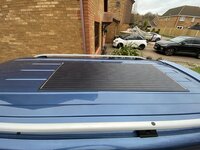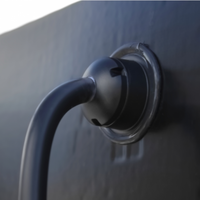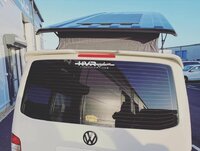Thanks both.
I see where I got confused as I was using A and Ah interchangeably to work out my max current for cable sizing which hopefully is correct as 45A is 45A regardless of how long it takes to flow.
So I have calculated my total Amps over a 24 hour period on the basis that it gives me a max Ah for battery and solar power sizing. i.e. 0.5A per hour for 3 hours gives me 1.5A over 3 hours. Presumably this would equate to 1.5/3 = 0.5Ah.
I think that what the fridge has been hard to calculate as the documents read on it have 1.73A/h over 24 hours, which I took to mean 1.73Ah per hour for 24 hr and hence 40 odd amps per day.
Cheers,
Not quite - you are still mixing the units up.
0.5A for 3 hours is 1.5Ah
1.73Ah over 24 hours means an average of 1.73A in each hour. So over 24 hrs it will use 24*1.73 = 41.52 Ah in a day
Pete






